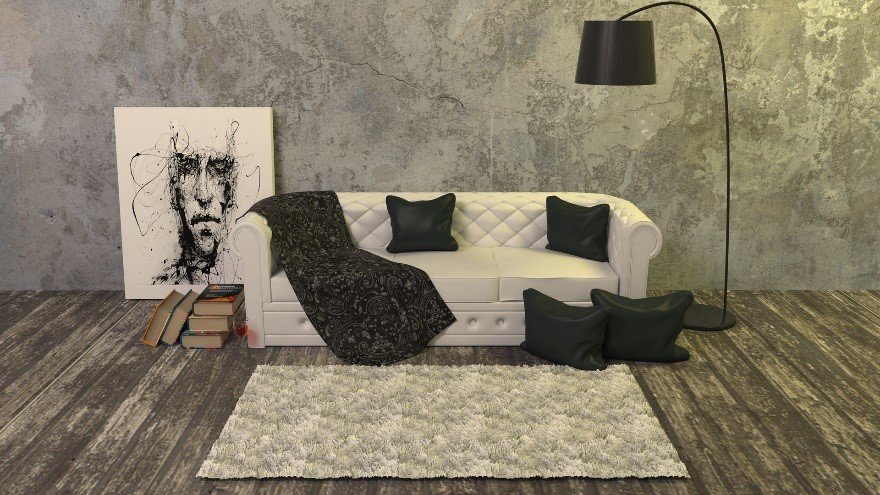Designing Your Design Business – Overcoming Client Sticker Shock
This post is the first in a series dedicated to providing guidance for you as you are designing your design business; presenting you with design business tips, designer marketing tips, new products and trends, sales tips, and the benefits of offering your clients luxury home furnishings. Our hope is that the information we share will be helpful in growing your client list and building the design business you dreamed of when you began. Client sticker shock can be a sticky problem when you bid on a design project. After all, relatively few homeowners have ever worked with an interior designer and many opt for a cheap but sturdy alternative when buying furniture. This can make talking about the cost of a renovation or remodel an eye-opening experience for prospective clients.With help from a recent article at Houzz.com, here are a few tips for overcoming client sticker shock.The author of the article, design business coach Chelsea Coryell writes, “There are some simple business practices you can establish when taking on a new client and ways to address money issues without coming across like a furniture snob.”Designer Sales Tips – Overcoming Price ResistanceVirtually every prospect you encounter will have some idea of what they want, or hope, to spend on their project. Before you share your first ideas or furnishing recommendations with them, you need to get an idea of their budget. While they may not have a firm number in mind, they will have at least a ball park figure. You need to know this early so you can discuss realistic costs and manage expectations.In other words, don’t be shy about price. They know going in that they will be spending money with you and you are entitled to be compensated for your talents and expertise.Below are three critical things to keep in mind to either overcome, or even avoid, sticker shock from a prospective design client:
Client sticker shock can be a sticky problem when you bid on a design project. After all, relatively few homeowners have ever worked with an interior designer and many opt for a cheap but sturdy alternative when buying furniture. This can make talking about the cost of a renovation or remodel an eye-opening experience for prospective clients.With help from a recent article at Houzz.com, here are a few tips for overcoming client sticker shock.The author of the article, design business coach Chelsea Coryell writes, “There are some simple business practices you can establish when taking on a new client and ways to address money issues without coming across like a furniture snob.”Designer Sales Tips – Overcoming Price ResistanceVirtually every prospect you encounter will have some idea of what they want, or hope, to spend on their project. Before you share your first ideas or furnishing recommendations with them, you need to get an idea of their budget. While they may not have a firm number in mind, they will have at least a ball park figure. You need to know this early so you can discuss realistic costs and manage expectations.In other words, don’t be shy about price. They know going in that they will be spending money with you and you are entitled to be compensated for your talents and expertise.Below are three critical things to keep in mind to either overcome, or even avoid, sticker shock from a prospective design client:
- Qualify potential design clients – Make sure your prospective client is ready to work with an interior designer before you meet with them for the first time and do not be afraid to talk about the cost early on. This is a business transaction, not a favor for a friend, and all business involves the exchange of money for services and/or products.
- Stress value over price – Since most homeowners have little experience working with a designer, or buying high-end furniture, it’s in your best interest to focus on the value of your services and quality furnishings while also managing their expectations.
- Stay firm on price – If you lower your price when a client voices objections, you will also lower their expectations, of you and the quality of the furnishings you recommend. You will also ensure they keep asking for steeper discounts, reducing your odds of making a profit.
It’s important to remember that everyone has a basic concept of the difference between value and price. With this in mind, you should focus on the fact that they are making an investment in the beauty, comfort, and value of their home when they hire you.The key to this is adding value and adjusting your client’s expectations. “If price is a problem,” explains Coryell, “then you need to express an item’s value and describe it correctly, pointing out its features and benefits. (This goes for your design fees as well.)”Have you run into this problem when meeting with prospective clients? How have you been able to overcome client sticker shock? Feel free to share your thoughts and experiences in the comments section below.Looking for more tips on designing your design business, new home design trends, designer marketing tips, and product ideas? Get in touch with TD Fall today.
